Search Results for 'British government'
82 results found.
Lessons from ‘an old schoolmaster’
Week III
Former councillor seeks opinions on plans to elect ten TDs on brief to protect Rural Ireland
A former Connemara councillor is asking for opinions after he expressed a hope that a group of rural TDs could hold the balance of power and influence policy geared towards developing the regions.
Galway activist retracing grandmother’s 1917 tour of United States in documentary film
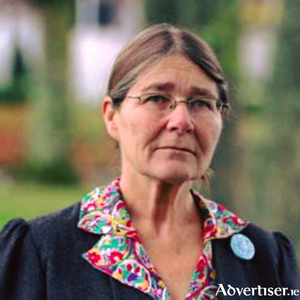
A Galway feminist and activist is commemorating the centenary of her famous grandmother’s US tour for Irish independence with her own speaking tour this autumn.
A history of Reek Sunday
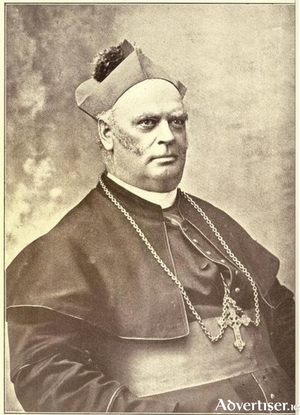
In 1432, Pope Eugene IV issued a document that lay in obscurity deep within the Vatican vaults for centuries. When the doors of the archives and library of the Holy See were thrown open during the papacy of Pope Leo XIII (1878-1903), the British government sent a team of historians to transcribe everything they could find relating to Ireland. As a result of that investigative trawl, the well-known historian William Henry Grattan Flood presented Dr John Healy, Archbishop of Tuam, with a medieval document that detailed Rome’s official 15th century stance regarding the Croagh Patrick pilgrimage. The document, dated 27 September 1432, states, “Pope Eugene IV grants to the Archbishop of Tuam [at the time Seán Mac Feorais, aka John de Bermingham] an indulgence of two years and two quarantines [one quarantine was a penance of 40 days], on the usual conditions, for those penitents who visit and give alms toward the repair of the fabric of the chapel of St Patrick on the mountain which is called Croagh Patrick: this indulgence to be gained on the Sunday preceding the Feast of St Peter’s Chains [August 1]: because on that day a great multitude resorts thither to venerate St Patrick in the said chapel.” Archbishop Healy revived the old tradition of pilgrimage to Croagh Patrick and built the present church on its summit in 1905. But the history of the pilgrimage goes back further than the 1400s.
The Protestant enclave of Inishbiggle
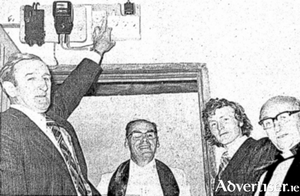
In the 1650s, Catholics were uprooted from their productive, arable, lands in several Irish counties by Oliver Cromwell’s Protestant army and forced at musket point to desolate, barren, Connacht. Their confiscated lands, the better holdings in Ireland, were distributed to Protestant settlers, Cromwell’s army as pay, and carved up to pay debts. Maps of Ireland, pre and post Cromwell, detailing the regression of the predominantly Catholic associated Irish language and customs point to a culture that was deliberately and officially forced to areas thought of as being so inhospitable they would not survive. County Mayo was included among these religious and cultural ghettoes. The living standards of the banished Catholics fell dangerously low and remained so for centuries. Christian duty led some within the Protestant clergy to later establish evangelical missions in the wild Irish west to give relief to the descendants of those very same Catholics. Salvation and, dishonourably, food were offered through conversion to Protestantism. Whereas 17th century Protestants believed it was God's will that godless Catholics be sent to suffer and perhaps perish in Mayo, 19th century Protestants believed it was His will that these (still godless) Catholics be reclaimed so that they might be saved. The Rev Edward Nangle's Achill Island Mission set out to do just that in 1831.
Politicians - to much drift, too little grasp of the real issues
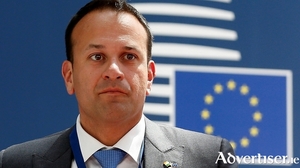
The first six months of 2017 have been hectic to say the least - a change of taoiseach, arguments which have severely tested the stability of the government and brought us to the brink of a general election more than once, a UK general election, and the collapse of the Stormont Assembly.
A stranger among the poor
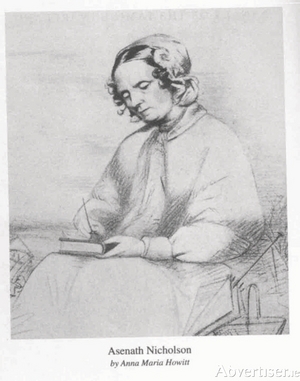
During her first visit to Ireland while walking the road from Oranmore to Loughrea, Aesnath Nicholson, a lone witness to the growing desperation of the poor as successive years of the Great Famine took its frightening toll, stopped to rest her blistered feet. She leant against a wall and thought about the advice her friends had given her in America. They told her the trip was reckless and she would damage her health. Yet even at that moment she asked herself: Would she rather be back in her parlour in New York?
RMS Titanic outcome was bigger than we think
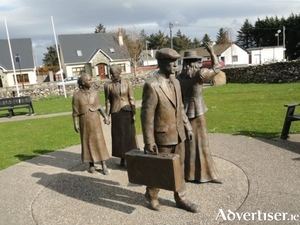
In 1912, the county of Mayo had been through seven challenging decades of continuous population decline. The reasons for such a plummet in numbers were multiple. High infant mortality, disease brought on by poor diet, a demanding lifestyle, and high emigration tested the people of Mayo’s strength to the limit.
Poorhouse from Galway
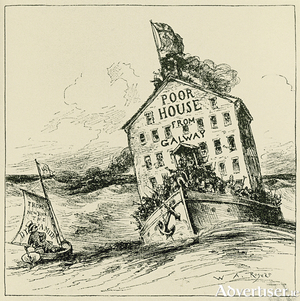
“With giant strides destitution and misery progress — the wants of the people daily and hourly progress — the cries for succour and assistance go forth, and ere long, even now, the distress of the poor has attained a degree fearful to contemplate. Turn to what quarter we may, the same dismal tale is told to us — in every direction we see countenance wan with care and hunger. In a like condition are the inhabitants of the rural districts, and we find that parishes — Annadown for instance, which used to supply the markets of Galway so abundantly, after supporting its own people in comfort, are now reduced to a most pitiable condition. There indeed, some of the landlords, at least those who reside at home, have stepped forward seasonably to the relief of their fellow creatures, and headed by the Cregg family, ever remarkable for their benevolence, seem resolved to do their duty.”
When cricket was 'alive ho in the west'
The 1880s was a watershed in the history of sport in Ireland. Soccer's All-Ireland governing body was established in Belfast in 1880 and during that decade the sport began to spread out from Ulster and scatter throughout the island. The first set of rules for rugby were drawn up in England in 1845, but the sport did not gain much traction in Ireland until the 1880s, a mere 10 years after the first game was played on Irish soil. The sport’s managing body, the Irish Rugby Football Union, was founded in 1879. The Golfing Union of Ireland was established in 1891, and though the game was being played in Ireland prior to that date, it had not attracted a Mayo following. The first golf club in Connacht was only founded in 1892. In 1884, the Gaelic Athletic Association was formed with a view to promoting Ireland’s native games. All of these sports have grown to become extremely popular in Mayo today but one sport, once arguably the most popular organised sport in the county, has virtually disappeared.

